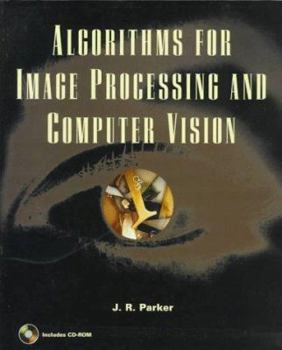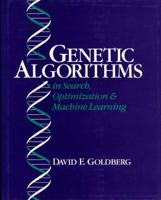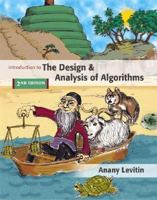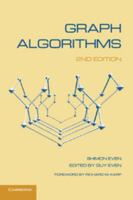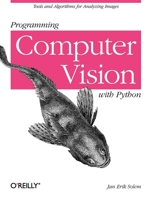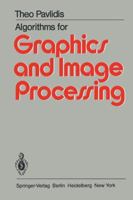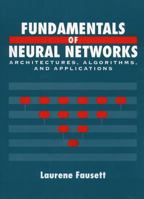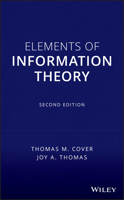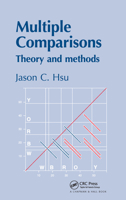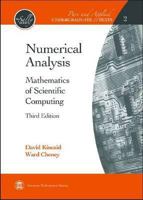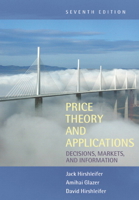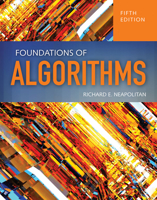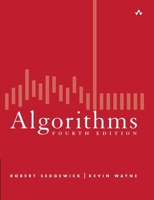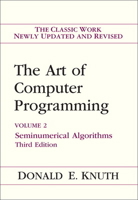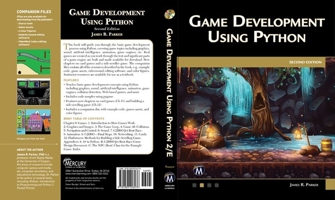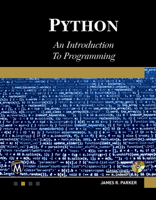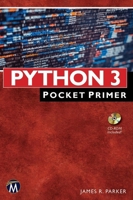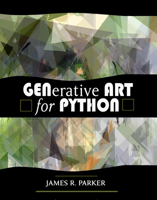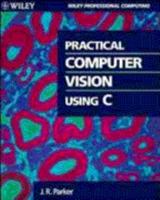Algorithms for Image Processing and Computer Vision
Select Format
Select Condition 
You Might Also Enjoy
Book Overview
Customer Reviews
Rated 5 starsAn unusually clear book -- and great for OCR researchers.
This nifty book is unusual in several respects: it is written in an extremely clear and simple style; it presents good clear code, both in print and on the accompanying CD; and it presents a variety of different methods for achieving each given goal. For example, the book presents a half-dozen different algorithms (usually with code) for edge-detection, for thresholding, and for skeletonization. For the most part, the book...
0Report
Rated 5 starsOutstanding source of implementations of image processing algorithms
This book is a great source of code for the implementations of common and not so common algorithms used in image processing and computer vision. It is not meant to be a textbook on either subject. For that I suggest you turn to "Digital Image Processing" by Gonzalez and Woods for the subject of image processing and to "Computer Vision" by Linda Shapiro for computer vision. The book starts out with the treatment of a common...
0Report
Rated 5 starsA great Scope
This book is very helpfull. Not only for image processing. An unsuspected use that I do to this book was use an algorithm for correct blurred images to revert effect of movil mean that produce a strain gage when one sense an compresion wave traveling throw an iron bar, and work very well. This book has an "honor place" in my library.
0Report
Rated 5 starsExcellent cook book of advanced IP techniques
At its best, this book is a wonderful cookbook of image processing techniques. For example the author's presentation of the Canny and Shen-Castan methods of edge detection is clear and detailed. Full C source is provided for this and all the other techniques discussed in the book. The book does not pretend to be a basic introduction to image processing -- if you do not have Castleman or Pratt or something similar on your bookshelf,...
0Report
Rated 5 starsA great "Imaging Recipes" book
A very good "imaging recipes" book. includes solutions to various IP/Vision problems ranging from low-level edge detection to high-level character recognition. Most of the algorithms are not presented in older books, which makes it a valueble source which replaces the tedious search through individual articles. Written in an "application oriented" approach, with lots of code snippets.
0Report










